If you’re planning to grow something unusual and exotic, try these Exotic (SuperFood) Root Vegetables and Herbs For Containers!
Growing Exotic (SuperFood) Root Vegetables and Herbs For Containers is a great way to add unique and nutritious flavors to your meals. With proper care and attention, these superfoods can thrive in small spaces, providing a bountiful harvest for your culinary creations.
Learn How to Make a Tropical Edible Garden + 30 Best Tropical Vegetables
Exotic (SuperFood) Root Vegetables and Herbs For Containers
1. Turmeric

Turmeric is not just a food coloring spice or a medicinal herb. It’s a superfood that is obtained from underground tubers or rhizomes. If finding real turmeric is a problem, growing turmeric in pots can be your option.
How to Grow
You’ll need a medium-sized pot to grow at least 2 plants. Use light and loamy soil, water the plants regularly to maintain the moisture level, and feed them with half-strength all-purpose liquid fertilizer twice a month.
2. Parsnip
If you consider white-colored food nutritionless, parsnip can change your mind. This carrot-lookalike root vegetable is full of micro and macronutrients and has a sweet and earthy flavor. You can eat it cooked or raw.
How to Grow
To grow, choose deep planters, at least 24 inches deep and half wide. You can grow 2-3 plants in such a planter or experiment with the spacing. Keep your container parsnips in full sun and water often to keep the soil slightly moist.
3. Beet Root
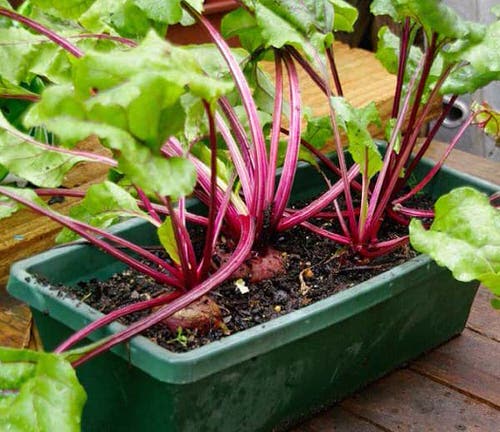
Beetroot earned its reputation as a superfood due to its amazing nutritional benefits. You can add both roots and greens to your regular diet. If you’ve grown carrots and radishes previously, you’ll find growing beetroot in a container super easy!
How to Grow
The soil must be loamy and penetrable, and watering must be regular to maintain the slight moisture. You’ll be able to harvest your beetroots in 6-8 weeks after planting; during this time, keep harvesting the beetgreens.
4. Peanut
Peanut, which is also called groundnut, is not a nut but a legume, and as opposed to how other legumes grow, it thrives underground. It contains many trace elements like copper, zinc, manganese, and vitamin B and is very nutritious.
How to Grow
To grow groundnuts in pots, you’ll need warmth and humidity. Also, note this exotic plant requires frost-free days to mature, so adjust your planting time according to it.
Learn more here.
5. Ginger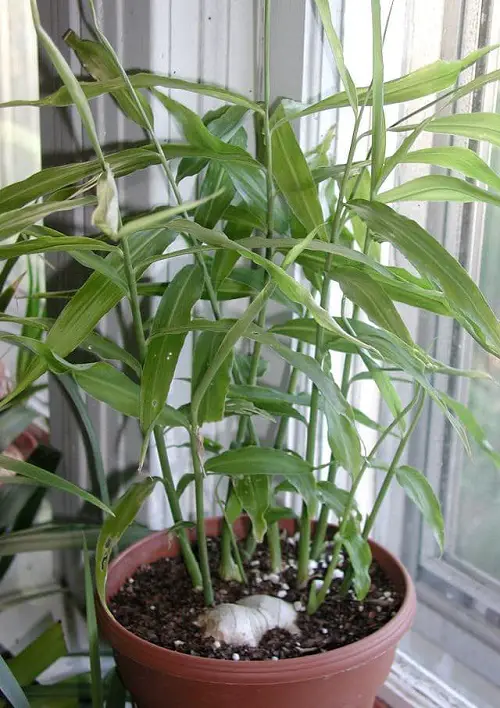
Ginger is a warm climate spice or herb, like garlic or turmeric; it’s termed a superfood and has anti-inflammatory and antibiotic properties. Its ability to expedite the digestion power is also well-known.
How to Grow
To propagate, find fresh ginger rhizomes with growth buds. Soak them in water overnight and plant them afterward with the buds facing upward. The plants will emerge in a couple of weeks.
6. Dragon Carrot
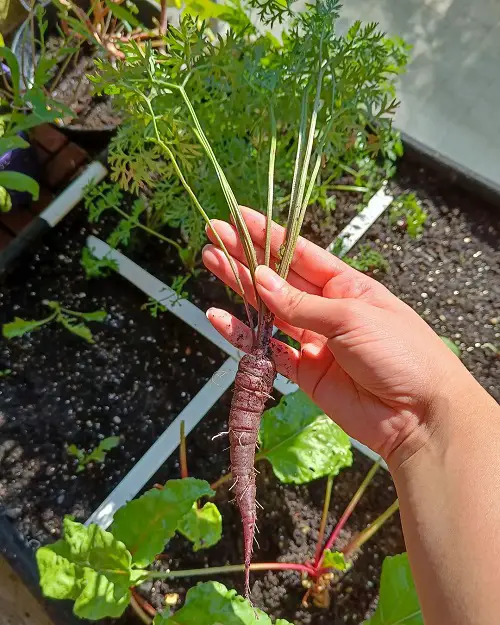
‘Dragon’ carrots are uniquely beautiful with reddish-purple skins and yellow-orange interiors. They have a distinctive flavor that ranges from sweet to spicy, and they can be harvested in just 90 days after sowing.
How to Grow
Prepare loose, fertile soil and sow seeds directly 1/4 inch deep and 1 inch apart in rows spaced 12-18 inches apart. Thin seedlings to 3-4 inches apart when they reach 2-3 inches tall, keep soil evenly moist and fertilize with a balanced 10-10-10 formula once or twice during the growing season.
7. Pskem River Garlic
‘Pskem River’ garlic, a type of hard-neck garlic, is a flavorful variety that originates from Uzbekistan. The bulbs of this garlic produce 4 to 5 cloves, which are characterized by their purple marbling. e.
How to Grow
To grow Garlic ‘Pskem River,’ break apart garlic bulbs and plant individual cloves 2 inches deep and 6-8 inches apart in rows that are 12-18 inches apart. Water regularly and fertilize with a balanced 10-10-10 formula.
8. Chinese Daikon Radish
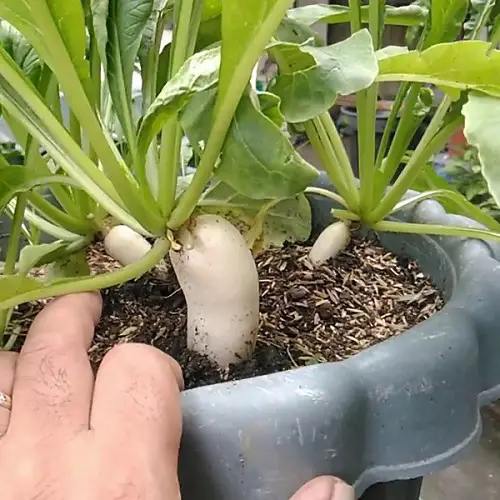
Daikon radishes, also known as white radishes, can grow to over a foot in length. These radishes, similar to their cousins, have a spicy and tart flavor that adds a unique taste to salads, stir-fries, and pickled dishes.
How to Grow
To grow daikon radishes, sow the seeds in deep and loose soil as soon as the ground becomes workable, allowing 60-70 days for the radishes to mature fully. It is essential to keep the plants well-watered throughout the growing period.
Here are the Types of Radishes For Containers
9. Sunchokes
Sunchokes, also known as Jerusalem artichokes, have a similar appearance to ginger roots, with light brown skin that may have a color tinge depending on the soil they are grown in.
These tubers are better suited for cooler climates found in the northern United States. With a taste similar to that of a water chestnut, sunchokes can be enjoyed fresh or pickled.
How to Grow
To grow sunchokes, plant the tubers 4-6 inches deep and 12-18 inches apart in well-draining soil, water regularly, and fertilize with a balanced fertilizer. Stake plants for support and harvest in the fall after the first frost.
10. Taro Roots
Taro root is a starchy root vegetable that has gained popularity as a superfood due to its impressive nutritional content. Taro is high in fiber, vitamins, and minerals and is a good source of complex carbohydrates.
How to Grow
To grow taro roots, plant corms in rich, moist soil in a sunny or partially shaded location. Keep soil consistently moist, fertilize once a month with a balanced fertilizer, and harvest 8-12 months after planting once leaves are yellow and die back.
11. Elephant Foot Yam
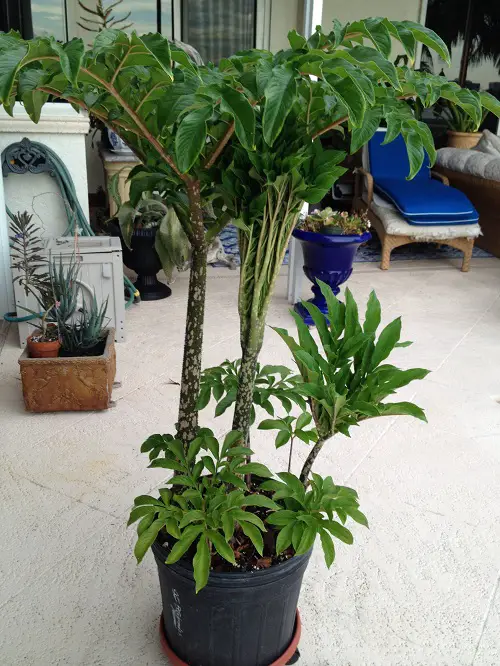
Elephant Foot Yam is a starchy root vegetable that is considered a superfood due to its impressive nutritional content. This versatile vegetable can be boiled, roasted, mashed, or fried and used in a variety of dishes such as stews, curries, and stir-fries.
How to Grow
To grow Elephant Foot Yam, plant corms in well-drained, fertile soil with the pointed end facing upwards. Water regularly, fertilize monthly with a balanced fertilizer, stake plants, and harvest after 8-10 months once the leaves are yellow and die back.


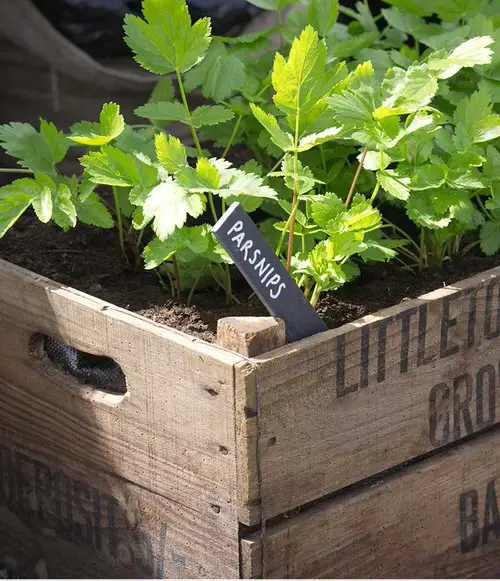
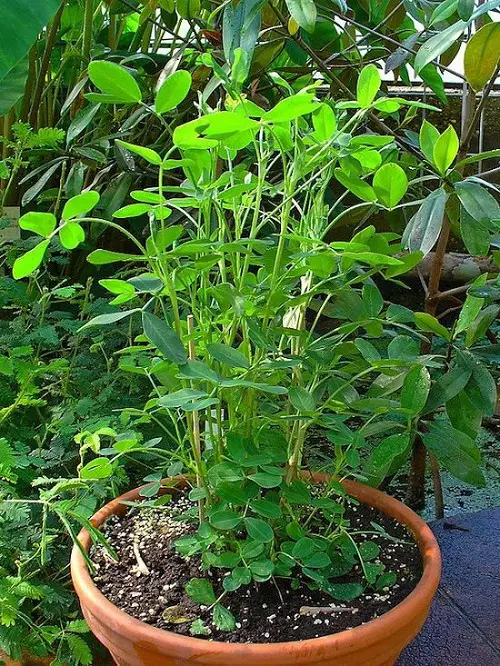
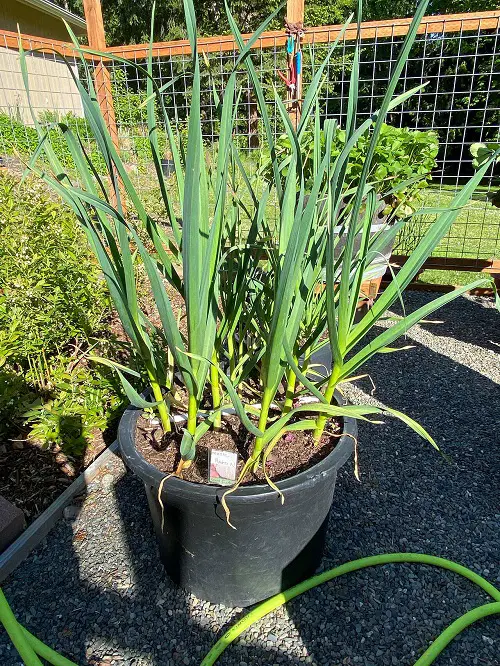
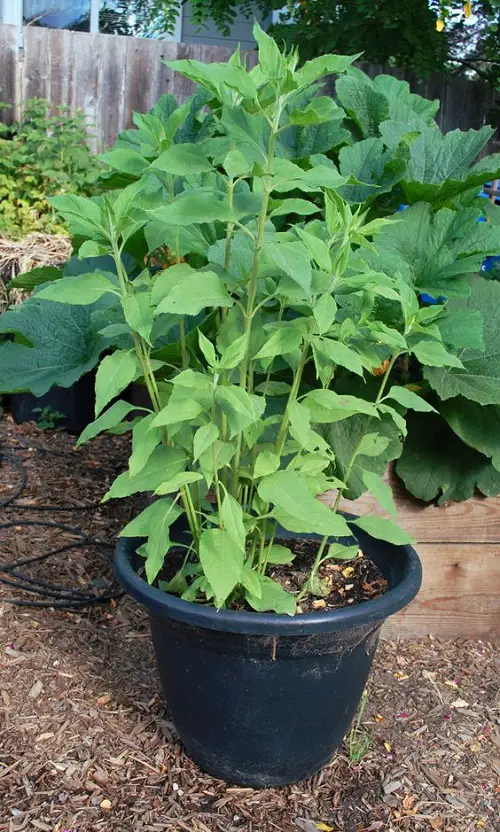
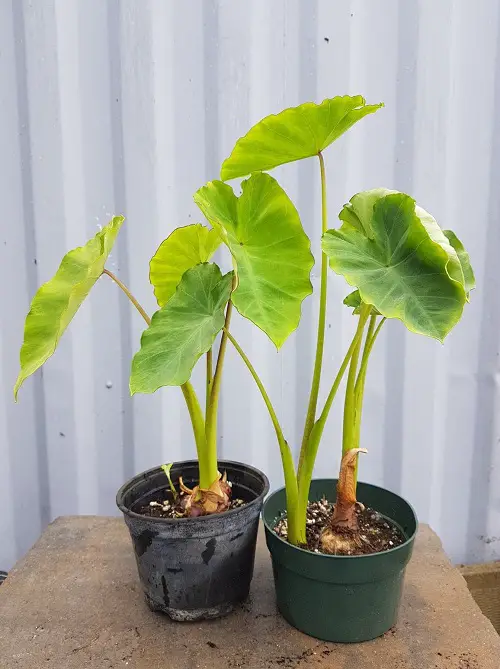

This is an incredible list of useful herbs and root vegetables. The best news is I have access to all of these.